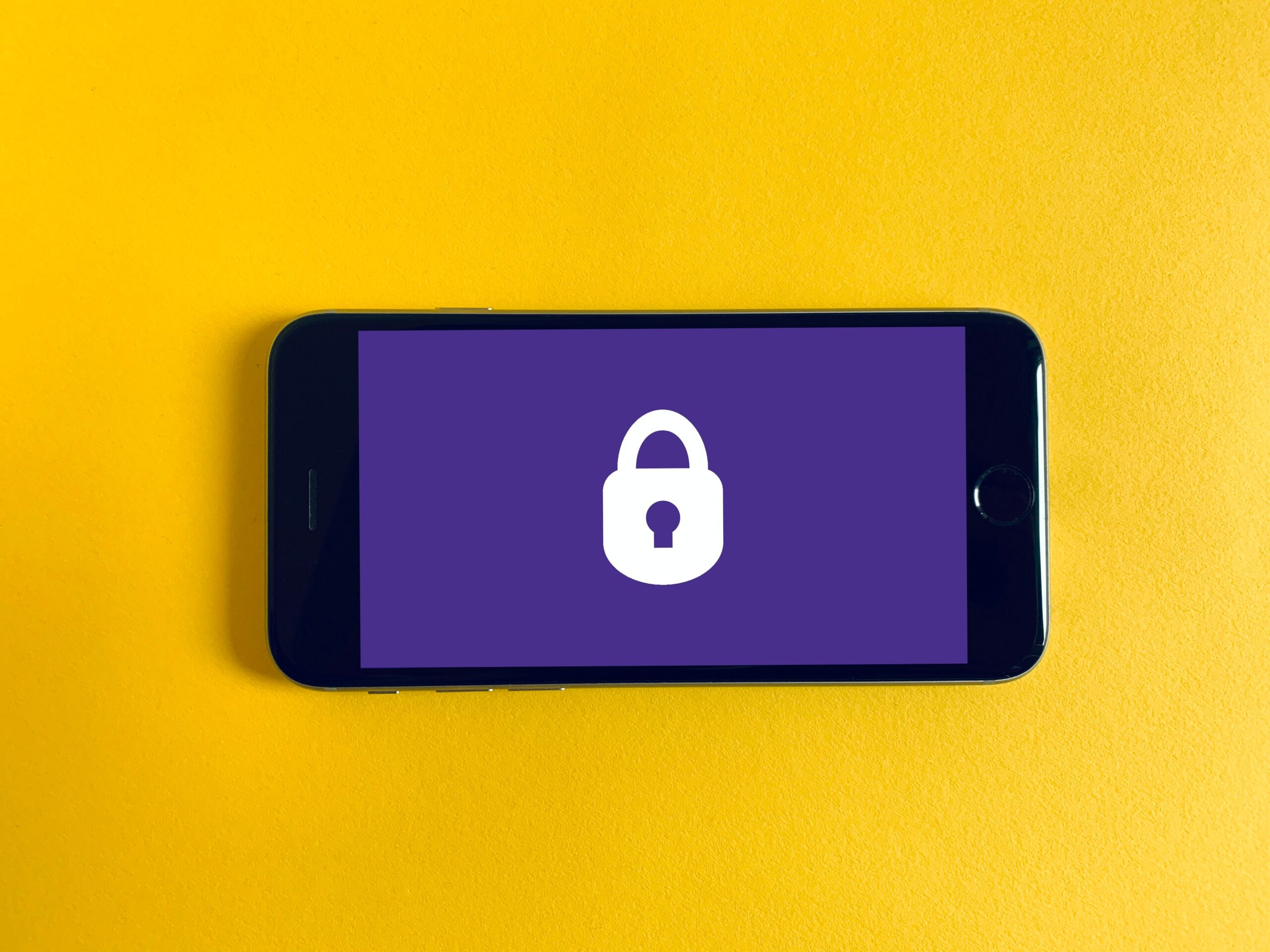Why your survey anonymity policy won’t cut it
Almost all employee feedback surveys are anonymous.
Whether the responses are posted into an old shoe box or filled out via an app, employees are rarely asked to put their name to their answers. If you’re here, you already know the reason why – collecting feedback without the protection of anonymity means you can expect no data at best, misleading data at worst.
The issue with anonymity is that actual anonymity is only a small part of the battle. Your employees’ perception of anonymity is the real clincher.
Whether your survey is anonymous or not, this fact becomes irrelevant if your employees don’t fully trust its anonymity.
The common misconception is that having a legitimate anonymity policy in place will allow your employees to trust the survey, but trust is achieved through conscious and unconscious signals.
Anonymity policies are a great example of a conscious signal, whilst unconscious signals cover everything from the demographic questions you ask to the format you use for your survey.
The 3 best ways to damage perceptions of survey anonymity
1. Integrating your employee engagement survey/platform with other HR tools
Though it seems convenient, having your employees answer sensitive questions on the same platform they use to book their holiday, view their payslips and talk to their manager is going to have serious consequences for your data confidence.
2. Putting your company logo anywhere near the survey
Whether you’re white-labelling an employee engagement platform, sending a survey email link from a company email address or handing out a paper questionnaire, putting the name of the business next to an answer box will spark doubts about survey anonymity.
3. Sending the survey out via unique links
If you – or your engagement platform – send out a survey link to your employees that features the line “Please don’t send this link out to anybody else”, you’re in troubled water.
Though the reason for this plea is often perfectly legitimate – it’s important to: know how many people have answered, check there aren’t duplicate answers & be able to chase up those who haven’t answered. But, putting the impetus on the employee themselves rather than handling these things in-platform creates the impression of a weak link in the anonymity barrier.
How does Wotter protect employee perception of survey anonymity?
The Wotter app gives employees their own safe space to think and talk about what’s on their mind.
People feel they can answer honestly because the app provides enough mental distance between their comments and the company itself. The Wotter app was built with the intention of reassuring survey anonymity at every step to help app users feel secure.
Want to see what else you can do with Wotter? Click here.
Fancy a bit more light reading? Here’s a post on how to avoid survey fatigue.





